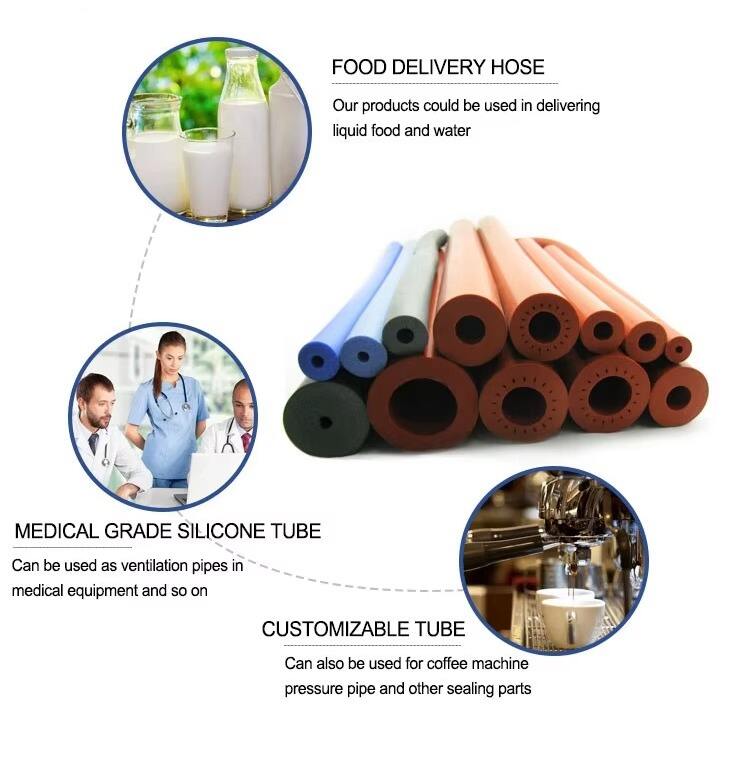Silicone products have gained immense popularity across various industries due to their versatility, durability, and safety. As global demand for silicone items continues to rise, understanding how these products meet international safety standards is crucial for both manufacturers and consumers. This article delves into the various safety standards that silicone products must adhere to and the implications for global markets.
The silicone's characteristics that we must consider first is its features. Silicone is a synthetic polymer composed of silicon, oxygen, carbon, and hydrogen. This composition enables the silicone to endure extreme temperatures which can be applied in anything ranging from kitchenware to medical devices. Silicone is relatively non-toxic and hypoallergenic guaranteeing that it does not leach harmful chemicals which is a significant requirement in safety standards across many countries.
When discussing safety measures, the FDA in the United States and the EU take a keen interest in placing silicone products, particularly those intended for food and medical use, under very strict guidelines. For example, kitchenware made of silicone must go through evaluations to confirm that they do not release any toxic chemicals when in contact with heat or food. In the same manner, medical-grade silicone needs to be made sure of biocompatibility to guarantee that it can be used safely in health care services.
In addition, silicone products undergo numerous other testing procedures pertaining to other international guidelines such as those given by the ISO certifying body. Certification of these bodies ensures that silicone products are safe but also helps the consumers trust them more. It is clear that these manufacturers who manage to get these standards observed tend to do better in the business as there is a greater number of consumers who prefer safety and quality.
Alongside keeping in mind legal regulations, the safety parameters of silicone products are now focusing on sustainability features. There is an enormous shift towards eco-friendly manufactured goods and thus, manufacturers are finding means to produce silicone in an environmentally friendly way, which includes using recycled silicone materials and eco-friendly production methods. Silicone manufacturers align with international sustainability goals to adopt changing consumer expectations alongside safety regulations.
Looking ahead, innovative product development and growing public knowledge of safety features will fuel the growth of the silicone industry. The trend of silicone products adhering to internationally accepted safety requirements is likely to persist, thus encouraging further manufacturer investment in R&D geared towards heightened safety and reliability. Finally, it's necessary for producers and consumers to understand the relationship of silicone products with global safety requirements. By upholding safety, regulatory compliance, and eco-friendly requirements, the silicone industry can gain a competitive edge in the international market.

